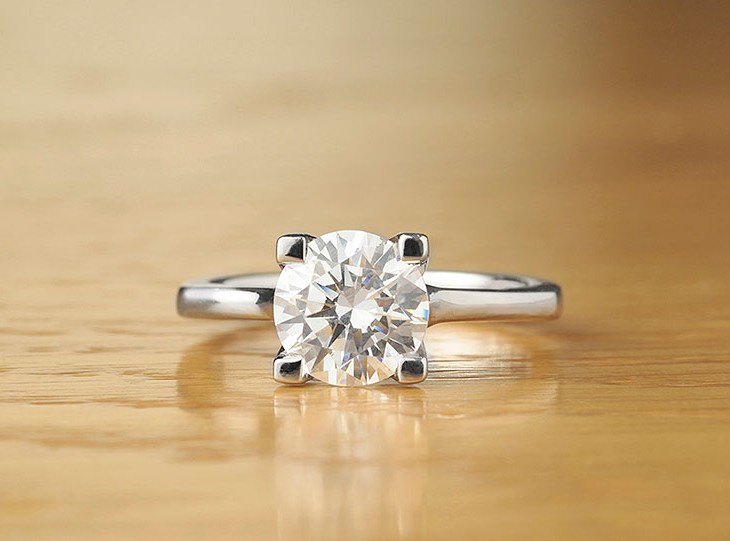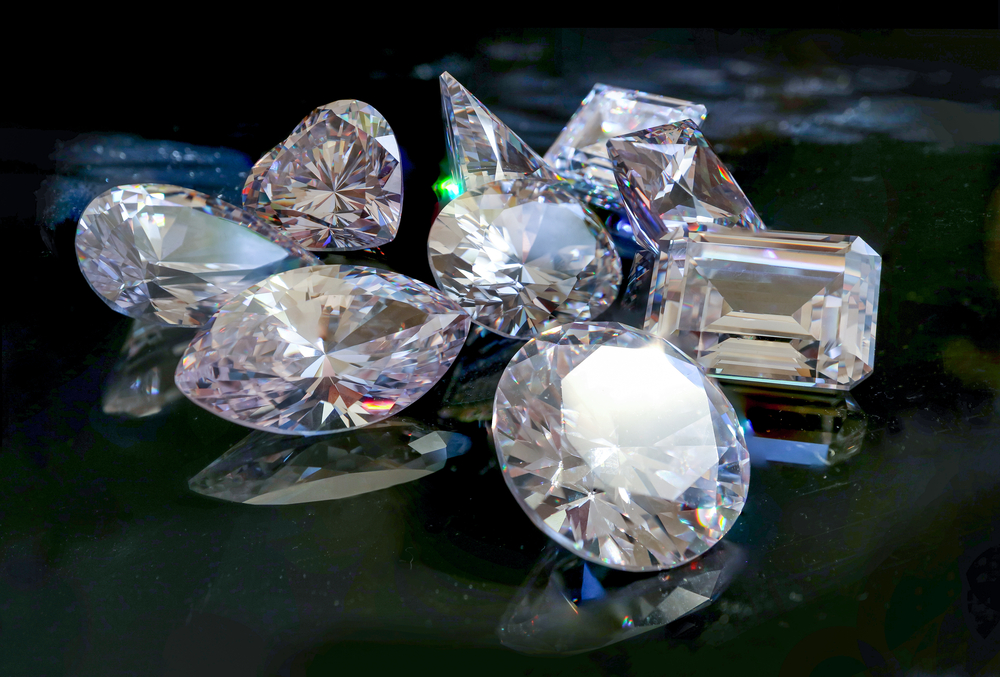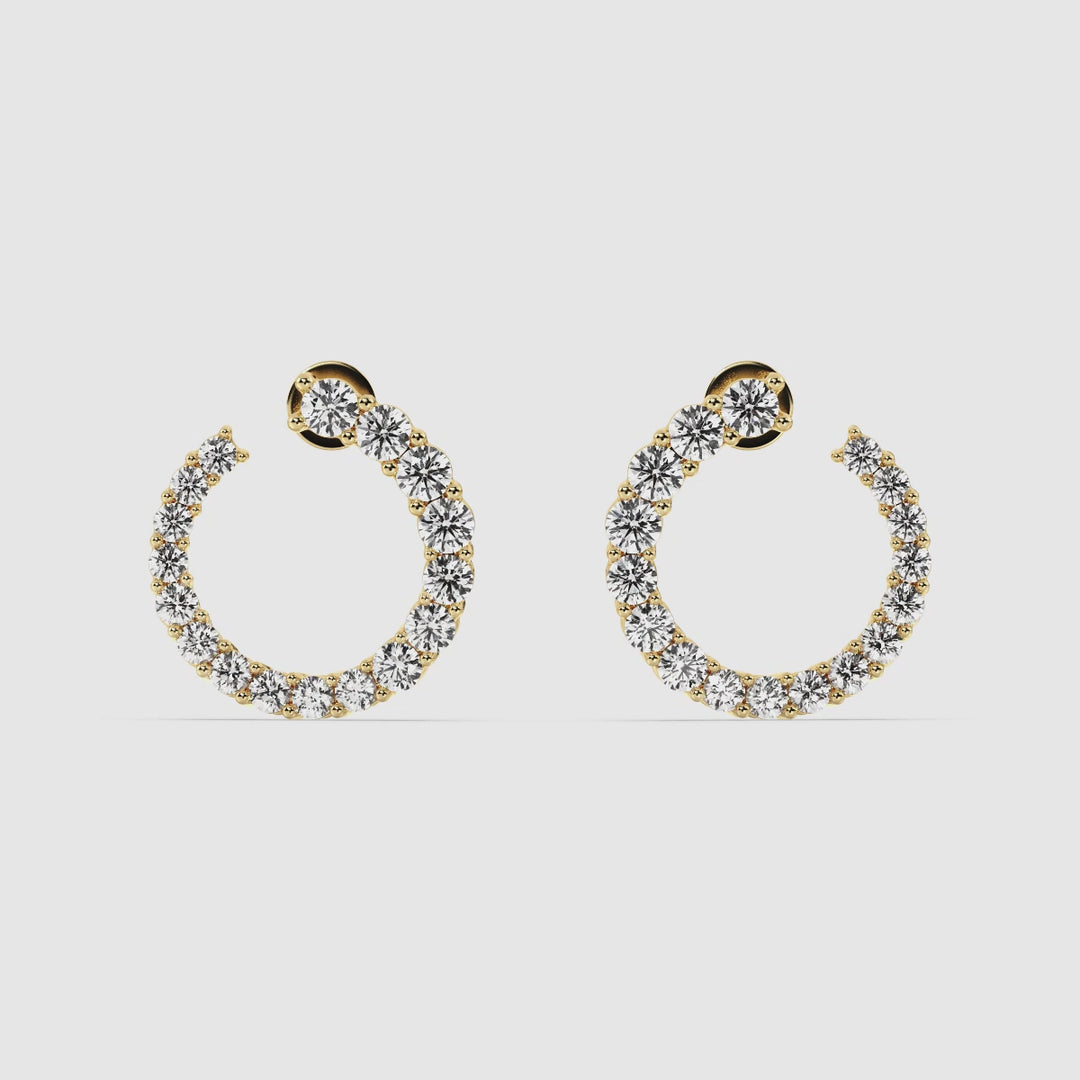
Introduction: Lab Grown Diamond Rings Claws
When choosing a lab-grown diamond ring, the design of the claws—also known as prongs—plays a crucial role in both the aesthetic appeal and the security of the gemstone. Understanding how “lab grown diamond rings claws” contribute to the overall quality of the ring can help you make an informed decision when selecting or designing your perfect piece of jewelry.
The Importance of Claws in Lab Grown Diamond Rings
In lab-grown diamond rings, claws are essential for holding the gemstone securely in place. The term “claws” refers to the small metal prongs that grip the diamond, ensuring it does not move or fall out. Properly designed and well-crafted claws are vital for both the protection of the diamond and the overall appearance of the ring. By focusing on the quality of “lab grown diamond rings claws,” you can ensure that your ring remains secure and visually appealing.
Types of Claws for Lab Grown Diamond Rings
There are several types of claws used in lab-grown diamond rings, each offering different benefits and styles. Common types include:
- Four-Claw Setting: This classic design uses four prongs to hold the diamond securely, providing a balanced look and maximum exposure of the stone.
- Six-Claw Setting: Offering extra security, the six-claw setting encircles the diamond with six prongs, which is ideal for larger stones or those prone to damage.
- Shared Claws: In this setting, two or more lab made diamonds share a claw, creating a continuous line of stones with a seamless appearance.
Each type of claw setting has its advantages, and selecting the right one depends on your personal preference and the specific design of your lab-grown diamond ring.
The Role of Claw Material in Lab Grown Diamond Rings
The material used for the claws in lab-grown diamond rings is crucial for both durability and appearance. Common materials include:
- Platinum: Known for its strength and resistance to tarnish, platinum claws offer a secure hold and complement the beauty of lab-grown diamonds.
- White Gold: White gold claws provide a sleek, modern look and are often coated with rhodium for added shine and protection.
- Rose Gold: For a unique and stylish touch, rose gold claws add a warm, pink hue that contrasts beautifully with the brilliance of lab-grown diamonds.
Choosing the right material for “lab grown diamond rings claws” ensures that your ring not only looks great but also stands up to everyday wear.
Customizing Claws for Lab Grown Diamond Rings
Customizing the claws in your lab-grown diamond ring allows for a personalized touch that can enhance the overall design. Options for customization include:
- Claw Shape: You can choose between different claw shapes, such as rounded or pointed, to match the style of your ring.
- Claw Height: Adjusting the height of the claws can impact how the diamond sits in the setting, affecting its visibility and overall appearance.
- Claw Detailing: Some designs incorporate decorative elements, such as engraving or embellishments, to add a unique flair to the claws.
Personalizing the “lab grown diamond rings claws” can make your ring truly one-of-a-kind and perfectly suited to your taste.
Maintenance of Claws in Lab Grown Diamond Rings
Maintaining the claws in your lab-grown diamond ring is essential for ensuring the longevity and security of the gemstone. Regular checks and professional cleanings can help prevent issues such as:
- Claw Wear: Over time, claws can become worn or bent, potentially compromising the security of the diamond. Regular inspections can identify and address these issues early.
- Stone Movement: If the claws become loose, the diamond may shift or become loose. Prompt repairs can prevent the risk of losing the gemstone.
Proper care of “lab grown diamond rings claws” will keep your ring in excellent condition and maintain its beauty and functionality.
Choosing the Right Claw Setting for Your Lab Grown Diamond
When selecting a claw setting for your lab-grown diamond ring, consider factors such as the size and shape of the diamond, as well as your personal style preferences. Each type of claw setting offers different benefits, and the right choice will depend on your specific needs and the overall design of the ring.
The Aesthetic Impact of Claws on Lab Grown Diamond Rings
The design of the claws in your lab-grown diamond ring can significantly impact the ring’s overall aesthetic. Well-designed claws can enhance the appearance of the diamond, allowing it to shine more brightly and appear more prominent. Choosing a claw setting that complements the style of the ring and highlights the beauty of the lab-grown diamond will enhance the overall look and feel of your jewelry.
Conclusion: The Significance of Lab Grown Diamond Rings Claws
In conclusion, the claws in lab-grown diamond rings play a crucial role in both the security and aesthetics of the jewelry. By understanding the different types of claws, materials, and customization options, you can make an informed decision when selecting or designing your ring. Ensuring that “lab grown diamond rings claws” are well-crafted and maintained will help you enjoy a beautiful and secure piece of jewelry for years to come.






